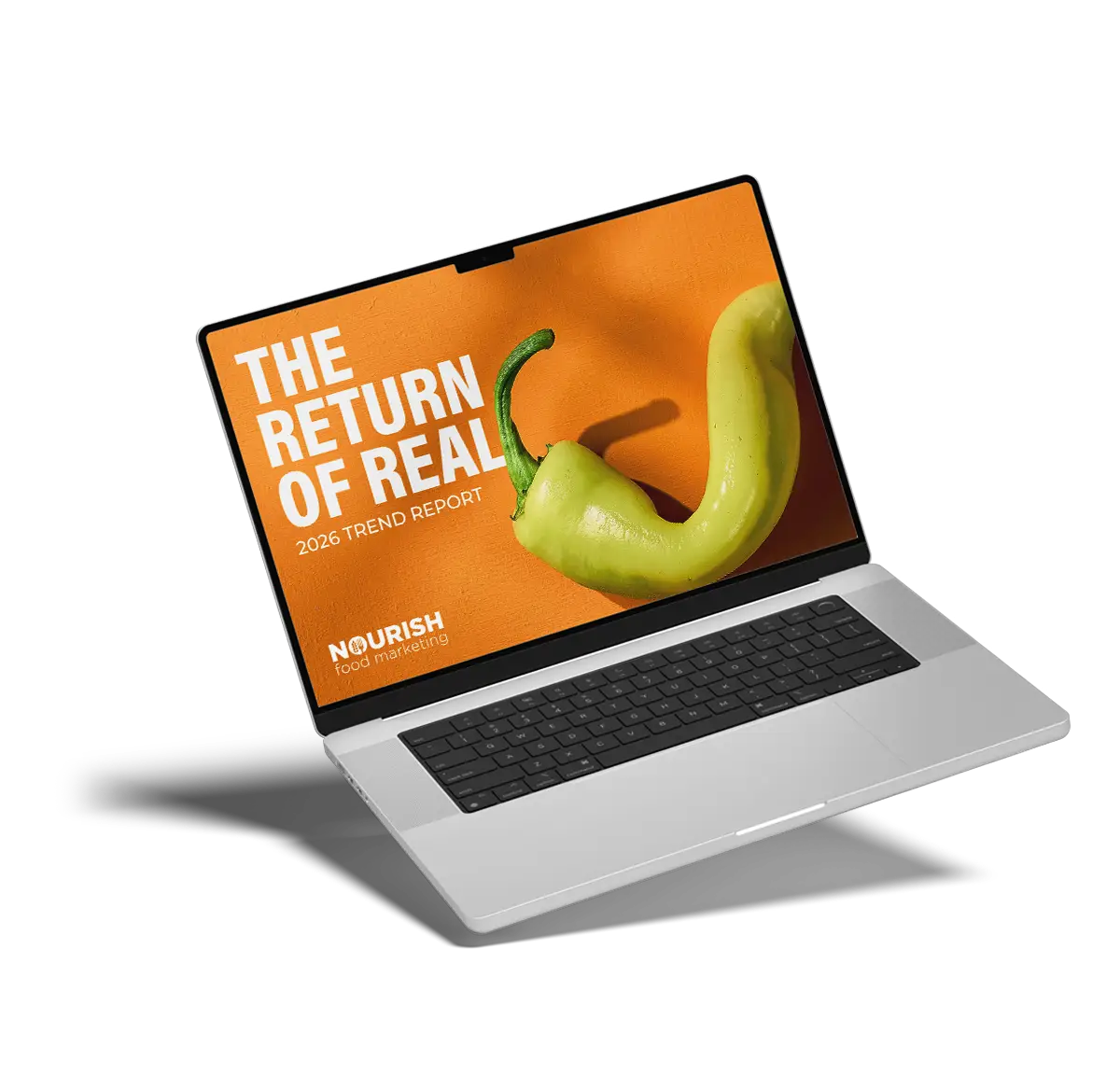What lessons does the past hold as the farming community and industry prepare to meet the challenges of the COVID-19 crisis? Let's review some essential case-studies.
Perhaps the best-known epidemic to hit Canadian agriculture was bovine spongiform encephalopathy (BSE). Also known as "mad cow disease," BSE is a progressive, fatal disease of the central nervous system of cattle. According to the Government of Canada, the disease was first confirmed in southern England in December 1986. At its peak, the number of BSE cases in the U.K. reached more than 37,000 in a single year.
Experts believe BSE entered North America during the 1980s through cattle imported from the United Kingdom. In 1993, a single Canadian animal tested positive for BSE and was diverted from the food and feed systems. Eventually, scientists linked cattle feed containing animal byproducts such as rendered meat and bone meal (which were permitted at the time) as the primary source of infection.
Quick and Decisive Action Can Curb a Crisis
Rapid measures to restrict the inclusion of animal byproducts in cattle feed were highly effective in curtailing the spread of BSE. Today, Canada continues its surveillance and testing protocols, under the auspices of the World Organization for Animal Health. Since the beginning of 2003, the small number of BSE cases detected through intensive testing confirms that the measures taken have effectively contained this significant threat. But at the time, it sure looked like the Canadian cattle industry was facing an existential threat.
A second epidemic, Porcine Reproductive and Respiratory Syndrome virus (PRRSV), more closely resembled the current COVID-19 crisis. In the early 1990s, a mysterious disease spread rapidly through swine herds across Europe and eventually North America. This ‘swine mystery disease’ or SMD, as it was known at the time, was ultimately identified as a novel respiratory virus.
Although a vaccine was developed exceptionally quickly, PRRS is still a concern for swine producers in North America today. The virus continues to evolve with considerable variability in virulence, protection from vaccination, and the time required to eliminate the virus from sow herds. In other words, swine producers must continue their vigilance to keep this dangerous condition in check.
Other disease challenges have emerged over the years, driven largely by the intensive nature of our modern agricultural systems and the freedom of movement between Canada and our major trading partners. In all cases, producers faced immediate impacts, which were mitigated over time as knowledge and management techniques, including vaccines, emerged. However, many of these diseases remain an ongoing threat. This could very well end up being the case with COVID-19.
Time - and Farming - Waits For No Pandemic
Spring is here – and with it the need to get crops in the ground, fertilizer applied, and weeds controlled. Unlike some industries, agriculture is extremely time-sensitive. Delays of even a day or two at the wrong time can jeopardize an entire crop. Farmers have the advantage of being somewhat isolated, which should help in mitigating the spread of the virus within farm families and the farm community.
However, agriculture does not operate in isolation. Closures and restrictions of public services will invariably impact the ag sector. Not to mention the potential effects of processing plant shut-downs, transportation interruptions, or even packaging and retail operation impacts.
The lessons learned from past outbreaks in agriculture are clear: disease challenges can have devastating impacts in the short term, but our sector is resilient and always finds a way to bounce back. While the progression of the COVID-19 crisis is unclear, farmers will inevitably do what they have always done: plant crops and then pray for rain!
What other effects will play out in the ag sector will only be known over time. But, if the past is any indication of future events and outcomes, we have reason to be cautiously optimistic.
